The joy of the orangery, and how an 18th century practicality became 21st century luxury
An orangery is a joy, whether you use it for growing fruit or merely as a perfect way to link your garden to the rest of your house.
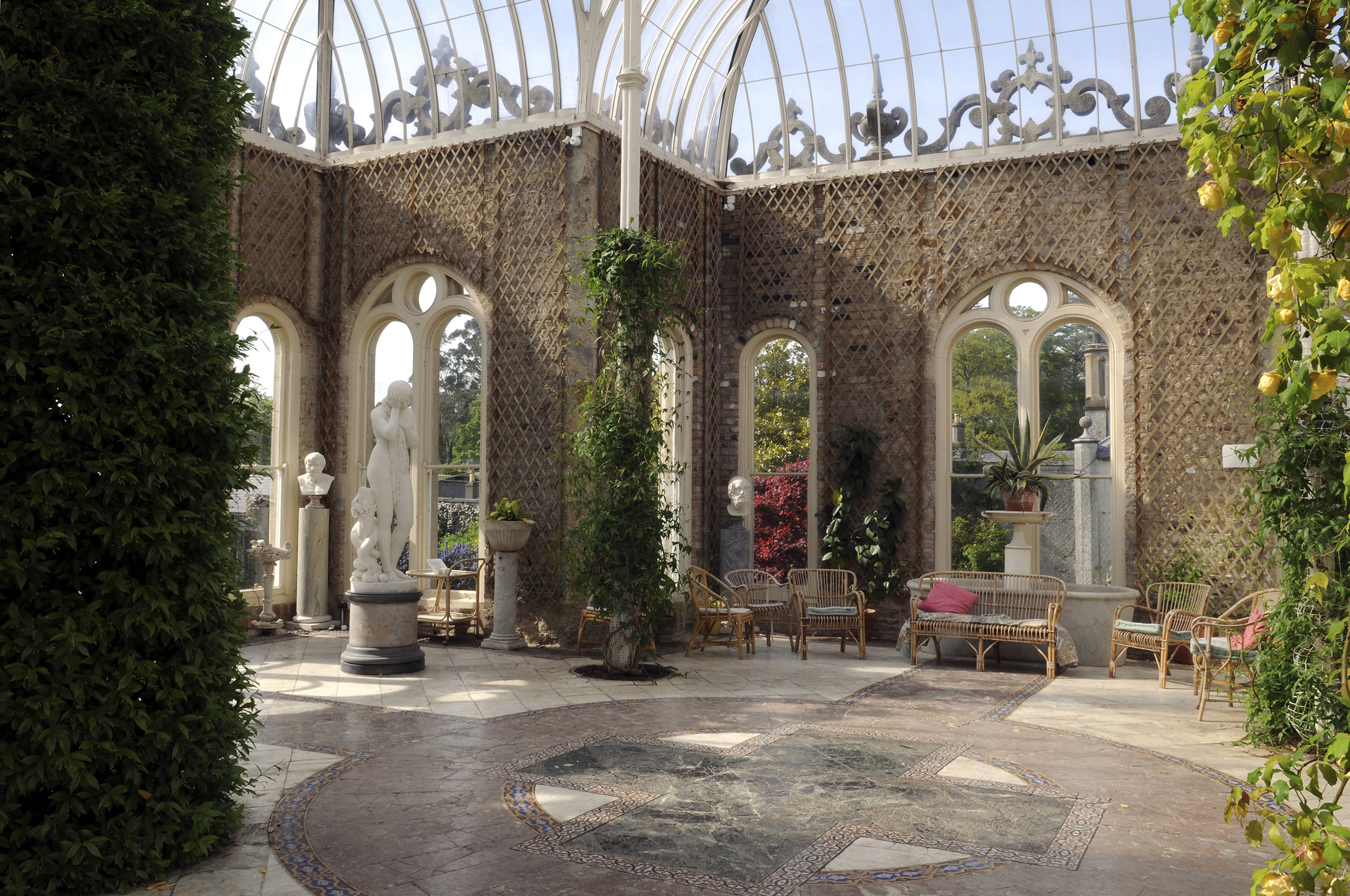
From small acorns grow mighty oaks, but from orange pips something equally grand have sprung forth: the orangery. The vogue for growing tropical and sub-tropical fruit in Northern Europe in the 17th and 18th centuries prompted architects to create ever-more elaborate spaces in which to grow things which otherwise wouldn't have a chance of thriving in our climate.
Dozens of Georgian buildings across Britain boast beautiful orangeries. There's one at Kew Gardens — built by Sir William Chambers in 1761 — and another at Hampton Court, while there are other beautiful examples at places such as Sezincote, Longleat and Killruddery to name but a few.
Then there's the most extraordinary building of the lot which sprang from this trend; it isn't an orangery, but is marvellously eccentric: the Dunmore Pineapple. It's a magnificently bonkers folly in Stirlingshire whose very existence tells you all you need to know about the mania for exotic fruit in 18th century Britain.
Kew's orangery actually proved to be a little too gloomy for really successful cultivation citrus fruit, and ended up being used for other purposes — these days, it's a cafe for the millions of visitors who come to the botanical gardens each year. Longleat's is also used for the same purpose – and they serve a fine afternoon tea.
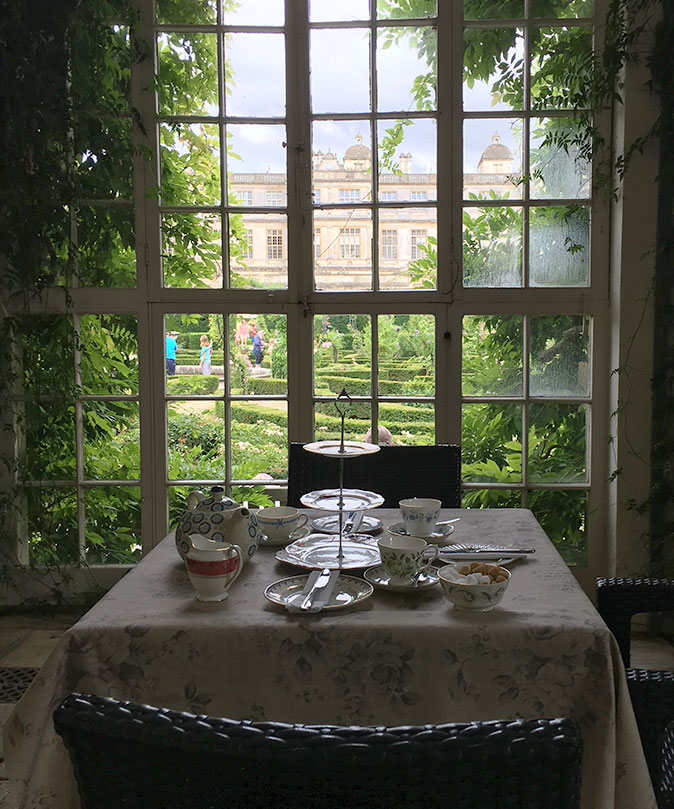
They're far from isolated cases. Orangeries across the country are now used not for growing fruit, but as beautiful, light-filled rooms that make the most of a fine, sunny aspect. Typically using more masonry and timber than a conservatory, they also link a house's inside to its outside in a pleasingly gentle manner.
Great care needs to be taken to repeat the shape and style of existing windows and other period-style features. 'Matching the brick or stonework during construction will all contribute to an orangery that fits seamlessly with the existing house,' explained Robert Warrington of Foxfurd when discussing the issues with Country Life a while back.
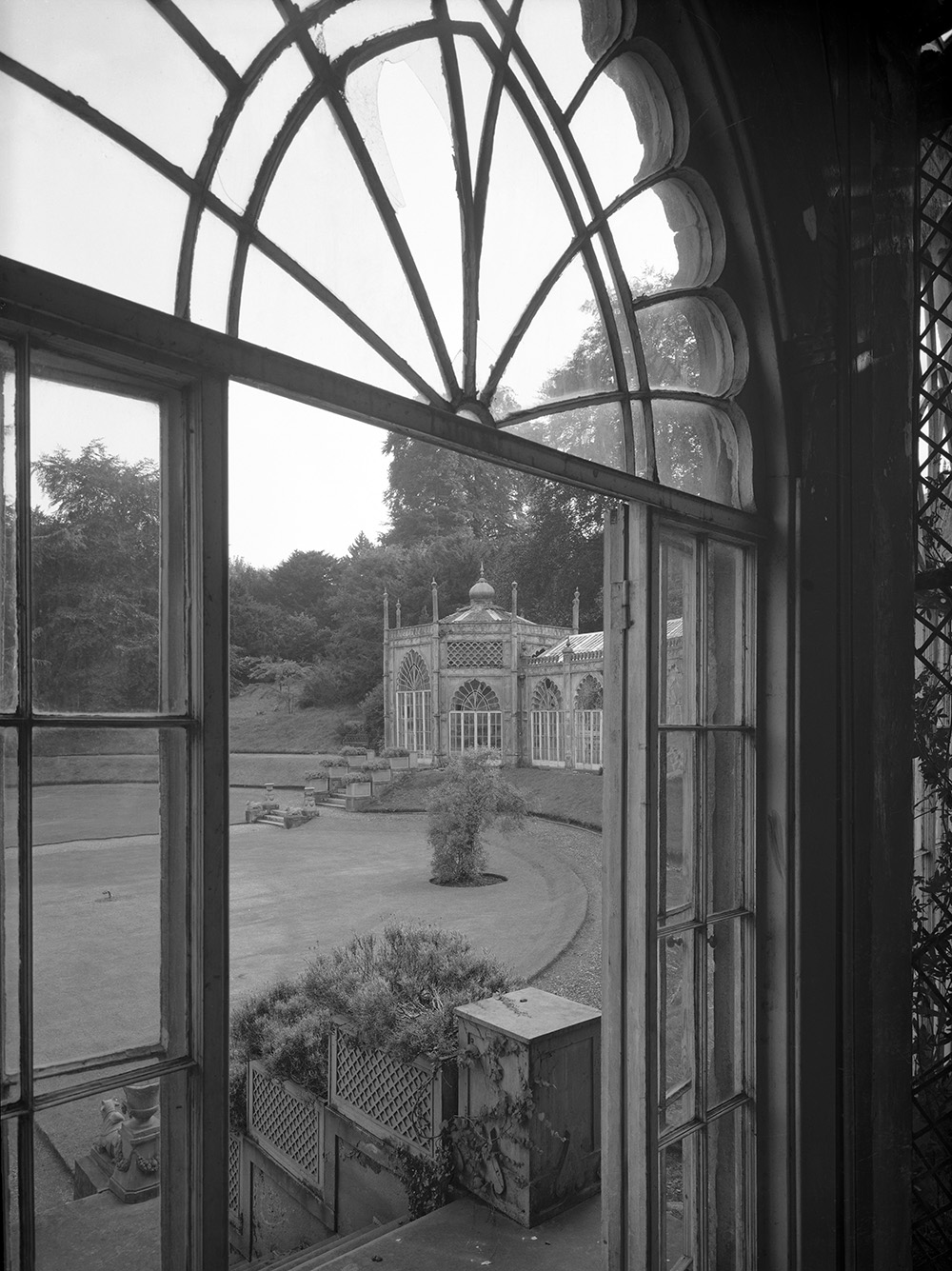
There was once a time when orangeries would be blast furnaces in summer and ice boxes in winter — the former 'problem' was, of course, once the point of the exercise. These days it can be easily overcome with modern technology. Glass can be triple-glazed for enormously effective insulation in winter and set up with UV-filtering and automatic ventilation for the summer, keeping your orangery perfect all year round.
Sign up for the Country Life Newsletter
Exquisite houses, the beauty of Nature, and how to get the most from your life, straight to your inbox.
Now all you have to do is decide how to furnish it – and whether or not to try your hand at growing a few oranges and lemons while you're at it.
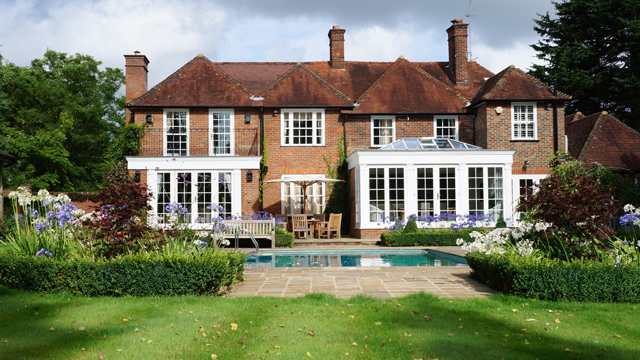
How to build an orangery
Key considerations when constructing an orangery include design, lighting, interiors and security
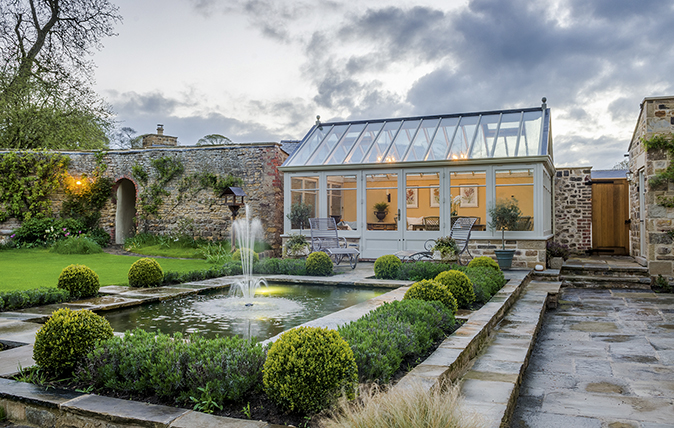
How to choose a conservatory, orangery or timber-framed extension to suit your house
Let there be light – conservatories, orangeries and garden rooms are sympathetic and practical ways to add extra space to
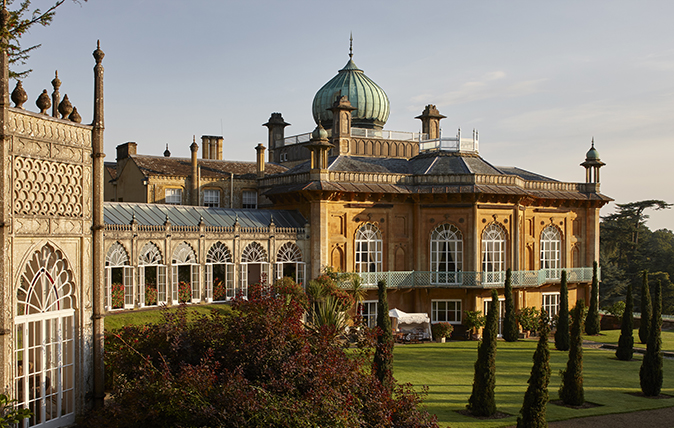
Sezincote: The Cotswolds country house built in the Neo-Mughal style
Sezincote strives to recreate accurately the architecture of India in the heart of England.
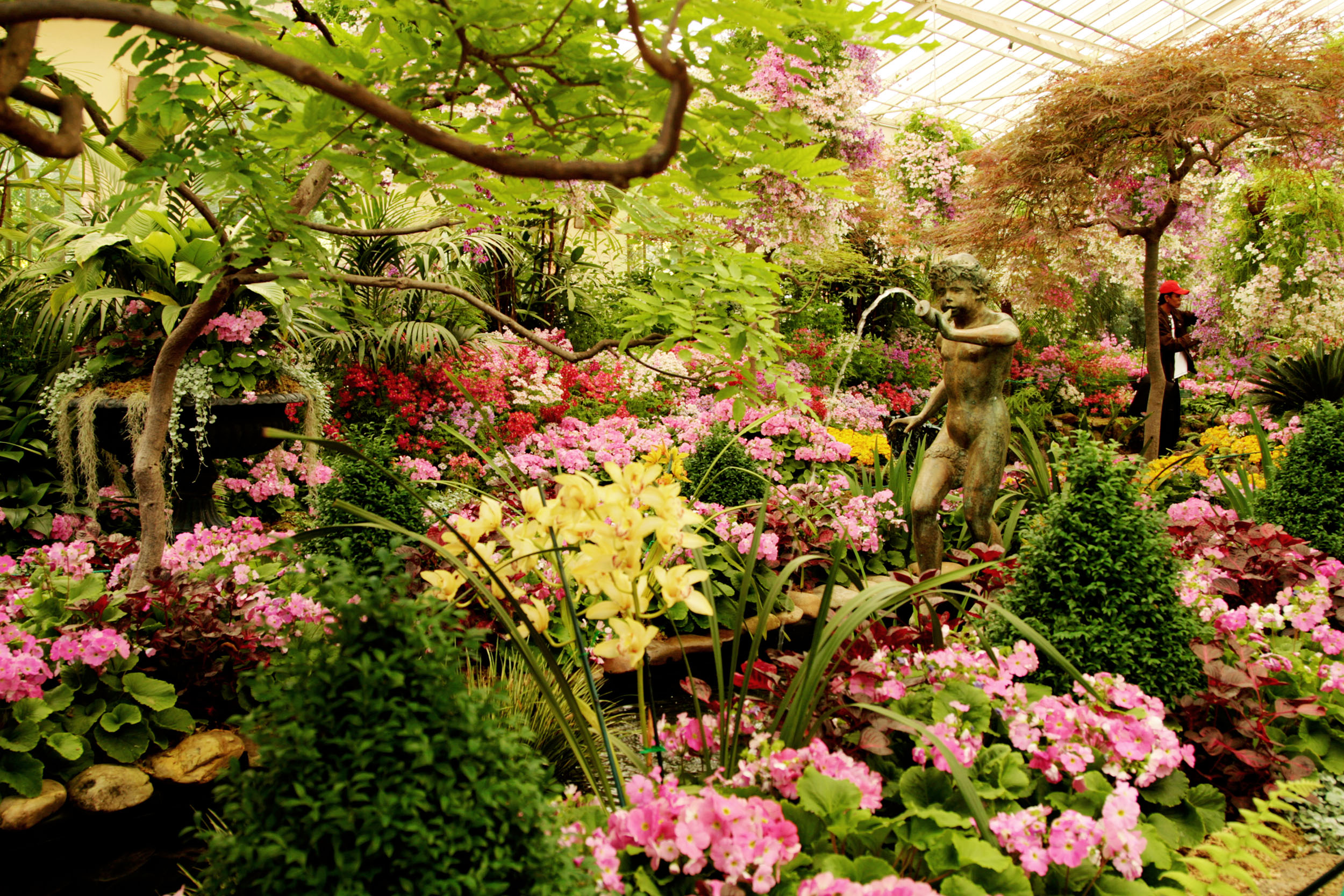
Credit: Moment Editorial/Getty
Alan Titchmarsh: Why I've decided that life's too short to keep growing the same old things in my greenhouse
Alan Titchmarsh's greenhouse has become a bit predictable – but he's now got big plans to mix things up.
Toby Keel is Country Life's Digital Director, and has been running the website and social media channels since 2016. A former sports journalist, he writes about property, cars, lifestyle, travel, nature.
-
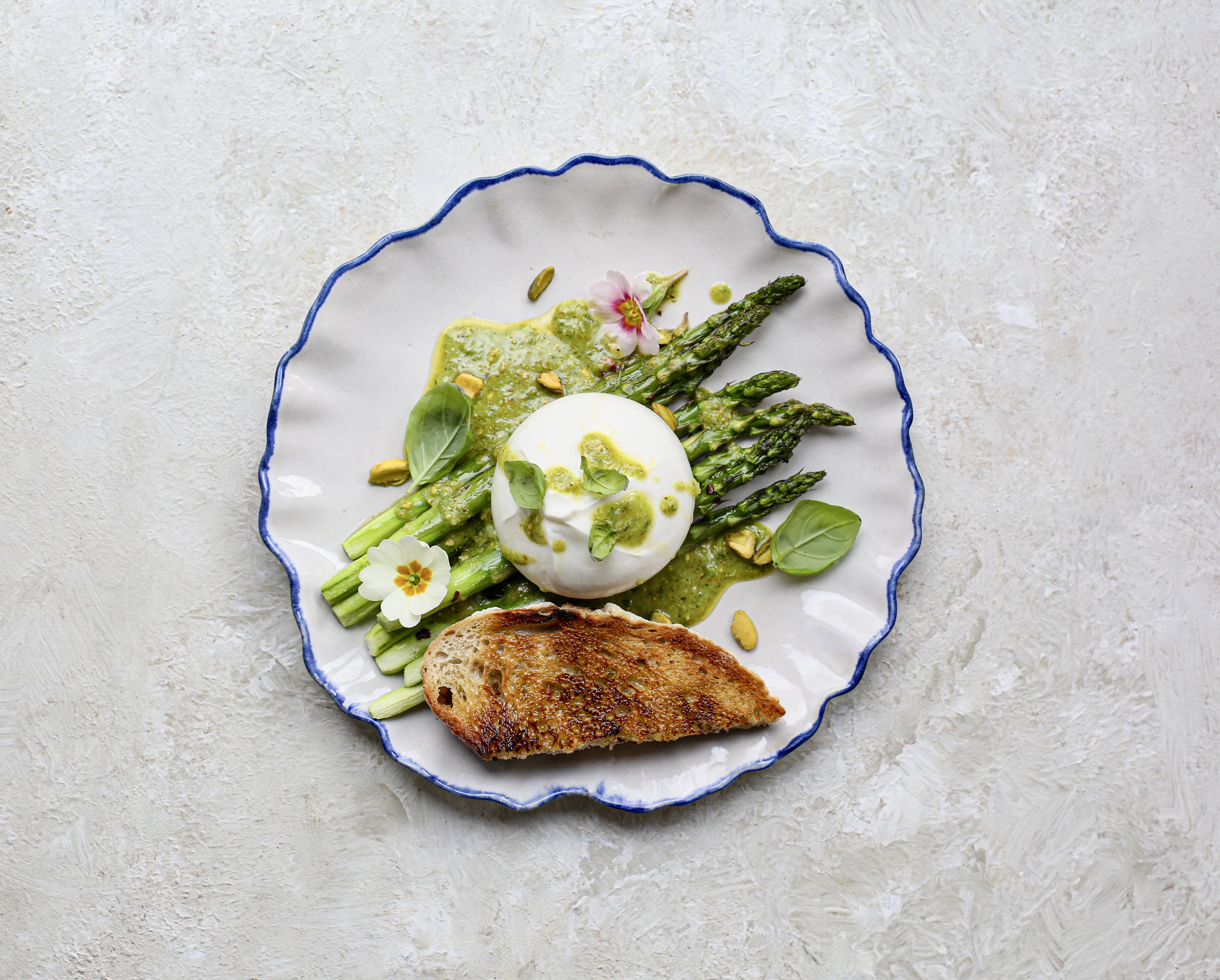 Two quick and easy seasonal asparagus recipes to try this Easter Weekend
Two quick and easy seasonal asparagus recipes to try this Easter WeekendAsparagus has royal roots — it was once a favourite of Madame de Pompadour.
By Melanie Johnson
-
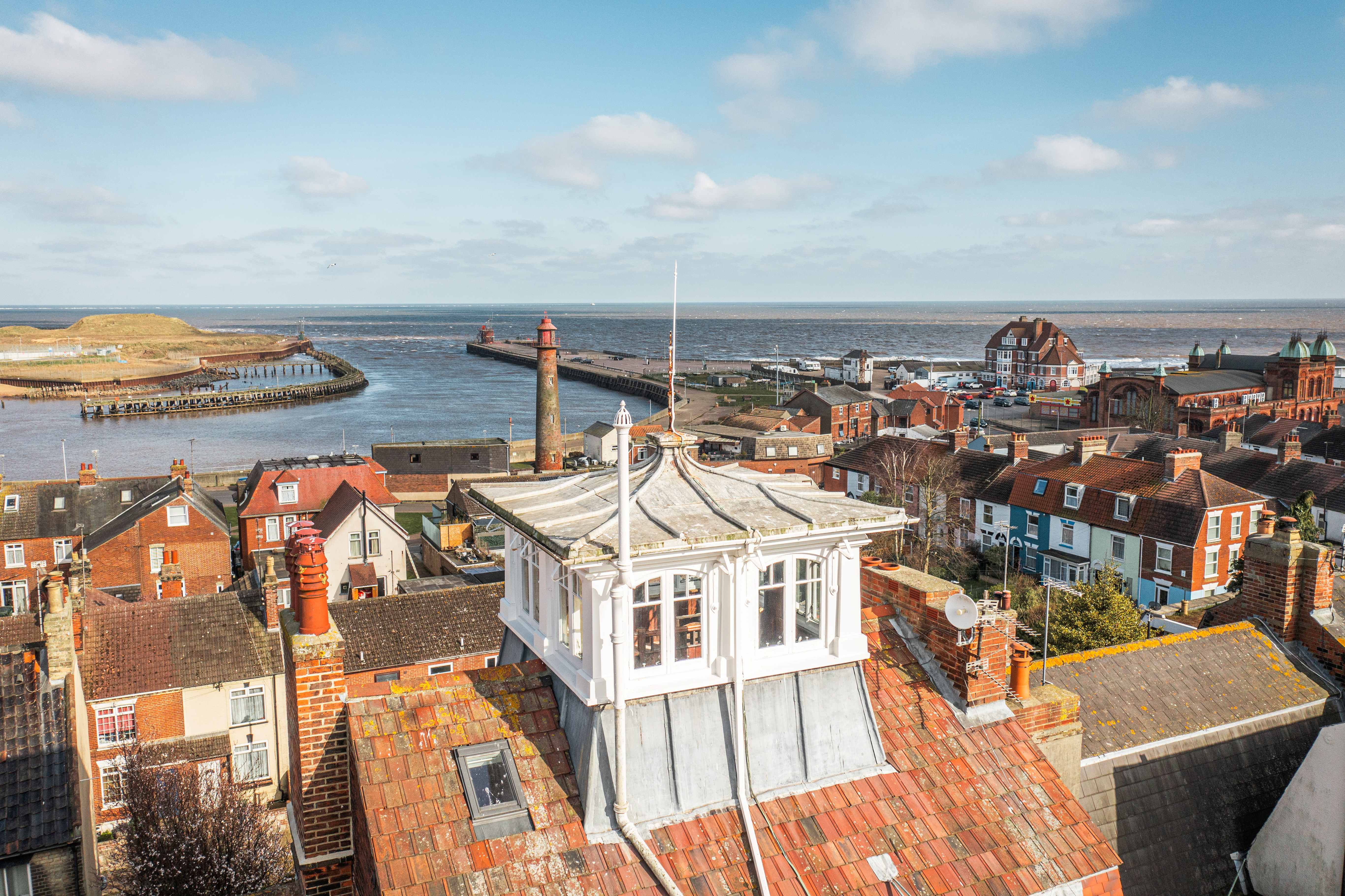 Sip tea and laugh at your neighbours in this seaside Norfolk home with a watchtower
Sip tea and laugh at your neighbours in this seaside Norfolk home with a watchtowerOn Cliff Hill in Gorleston, one home is taller than all the others. It could be yours.
By James Fisher
-
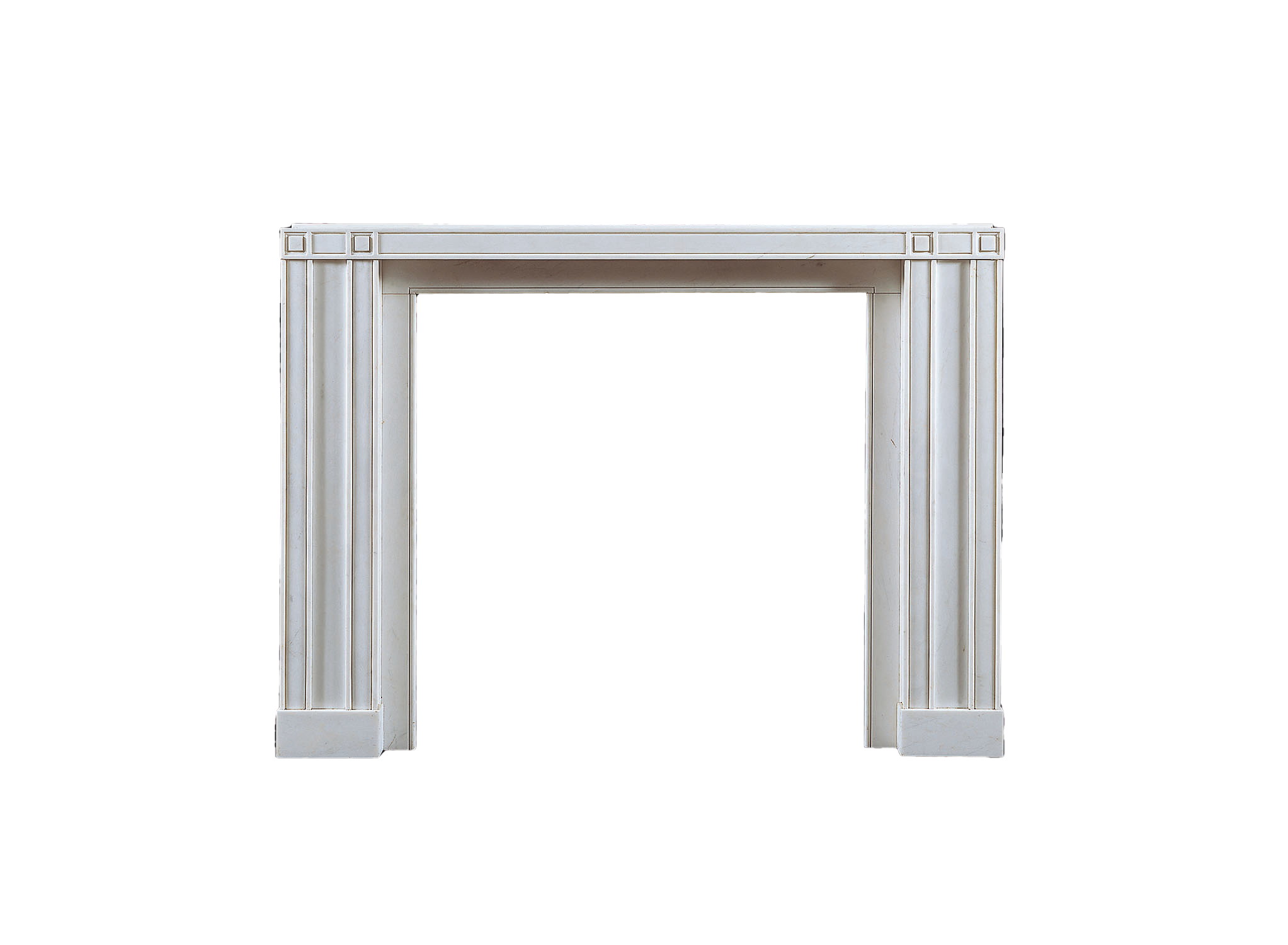 The chimneypiece by Sir John Soane that still inspires designers to this day
The chimneypiece by Sir John Soane that still inspires designers to this dayThe reductivist simplicity of a chimney piece designed 200 years ago by Sir John Soane explains the architect’s reputation as a founding father of Modernism.
By Matthew Dennison
-
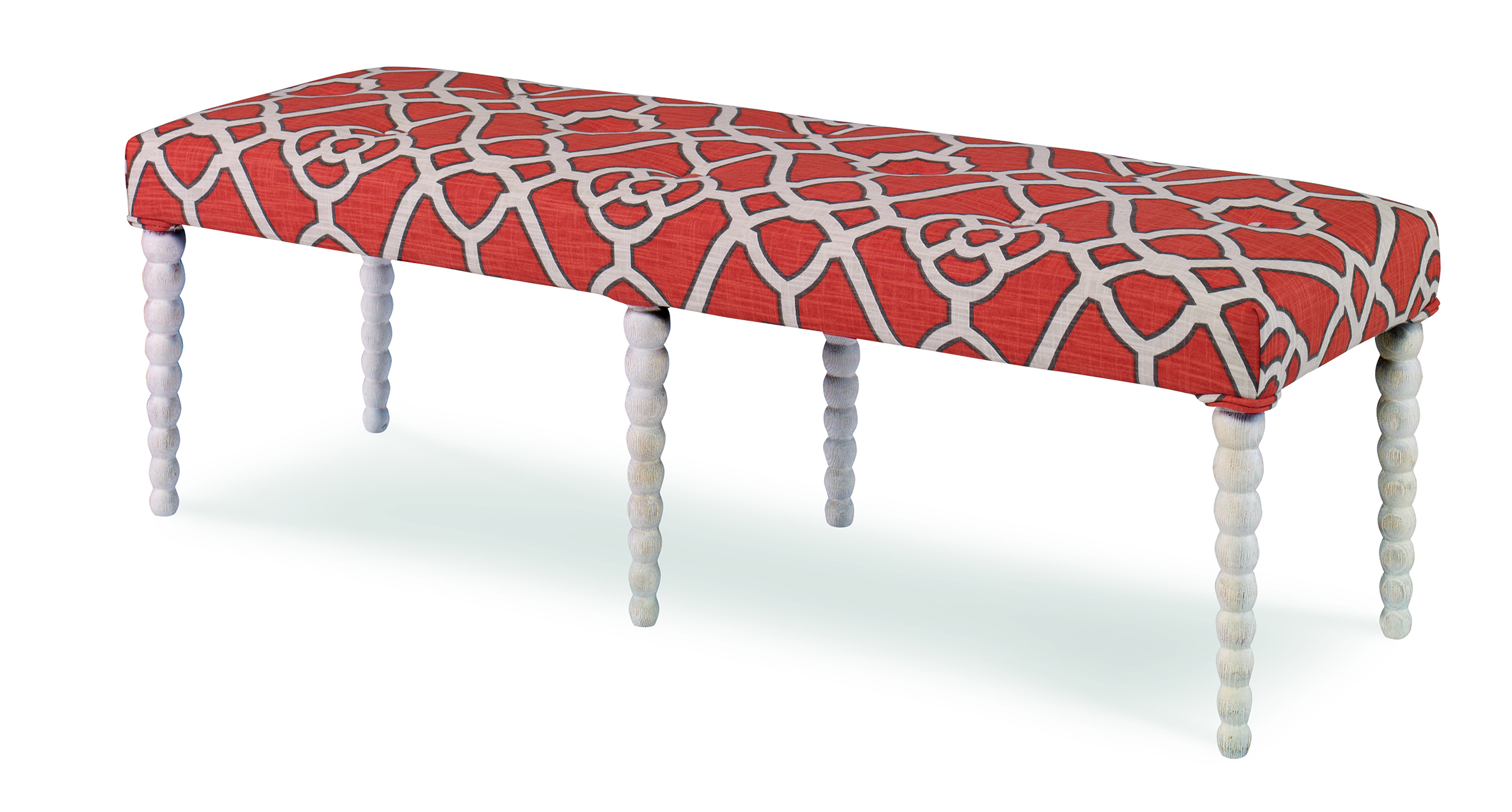 Four ways to give your bedroom the luxury hotel treatment
Four ways to give your bedroom the luxury hotel treatmentGiles Kime explains how hotels can teach us to be ahead of inspirational design trends and how we can make our bedrooms design masterpieces.
By Giles Kime
-
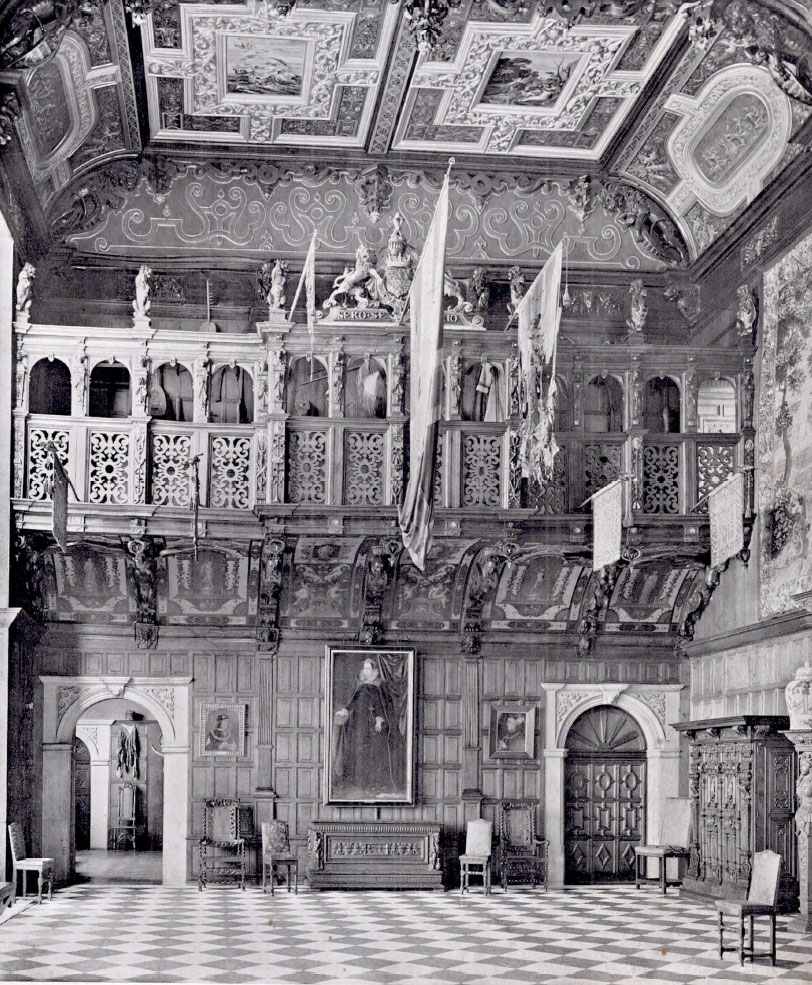 A rare look back at Hatfield House's Grand Staircase, one of the finest of its type in existence, as it appeared in 1927
A rare look back at Hatfield House's Grand Staircase, one of the finest of its type in existence, as it appeared in 1927In a few weeks' time the Game Fair will take place at Hatfield House in Hertfordshire — something which prompted us to take a look back at one of the most extraordinary features of this great country house.
By Country Life
-
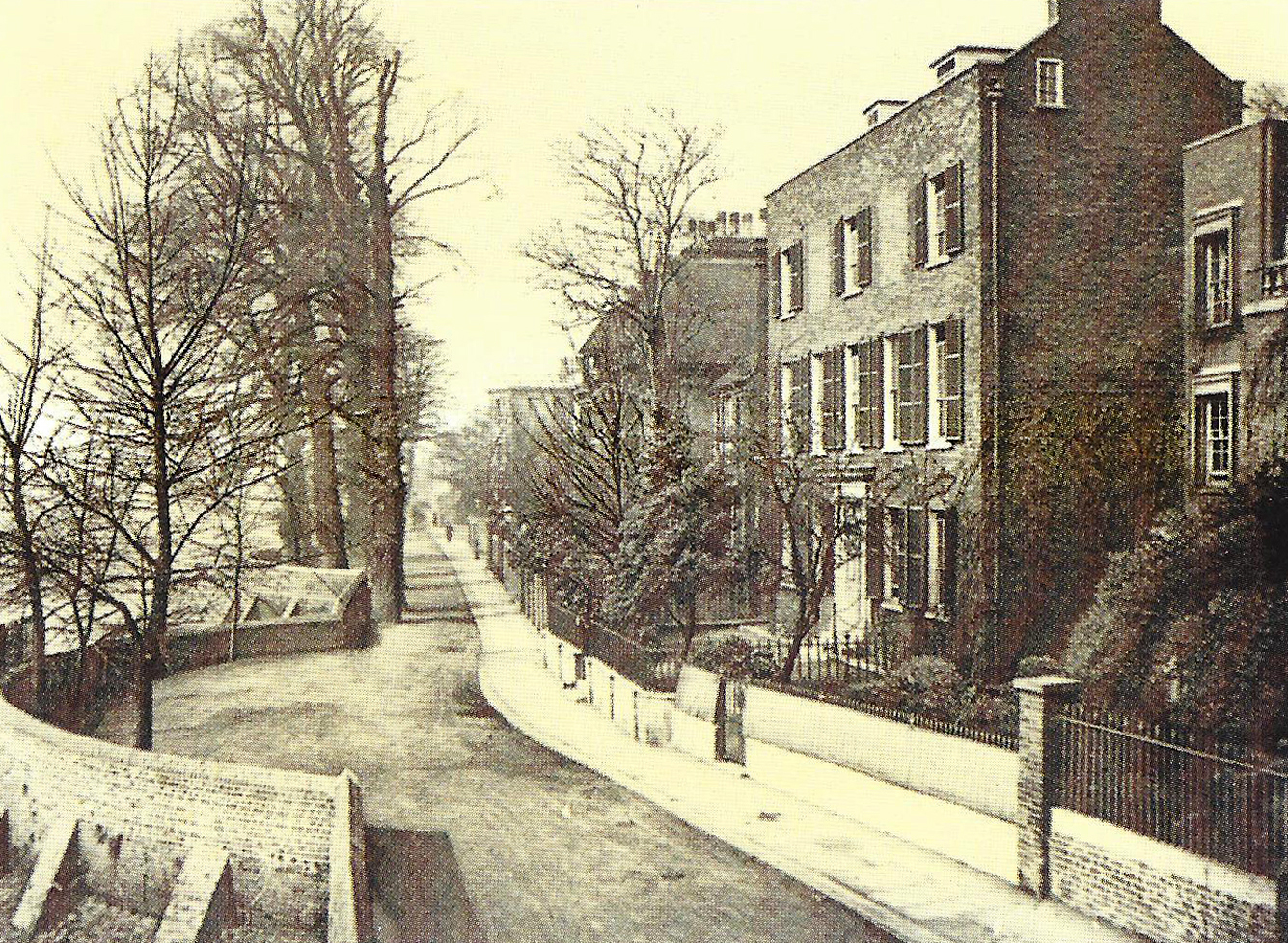 How William Morris transformed his London home: 'Let us hope we shall all grow younger there, my dear'
How William Morris transformed his London home: 'Let us hope we shall all grow younger there, my dear'William Morris's London home was just as remarkable as his country houses, as Clive Aslet discovered during a visit to the new exhibition at Kelmscott House.
By Clive Aslet
-
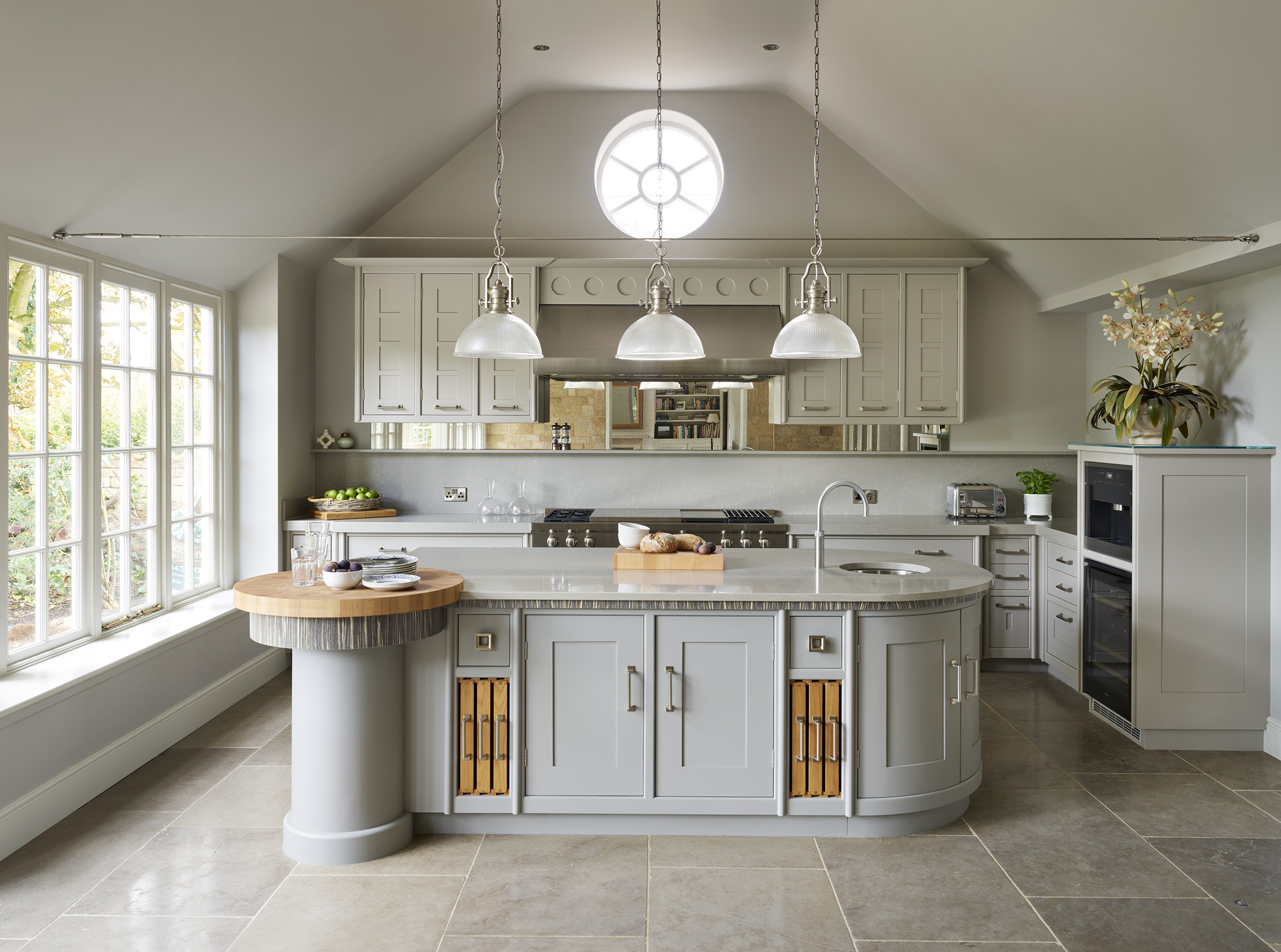 Art Deco kitchens: How a touch of 1920s glamour and dash can lift your most-used room
Art Deco kitchens: How a touch of 1920s glamour and dash can lift your most-used roomHaving a touch of classic inspiration isn't necessarily about recreating a look from the past — it can be as simple as taking a few details here and there, as Giles Kime explains.
By Giles Kime
-
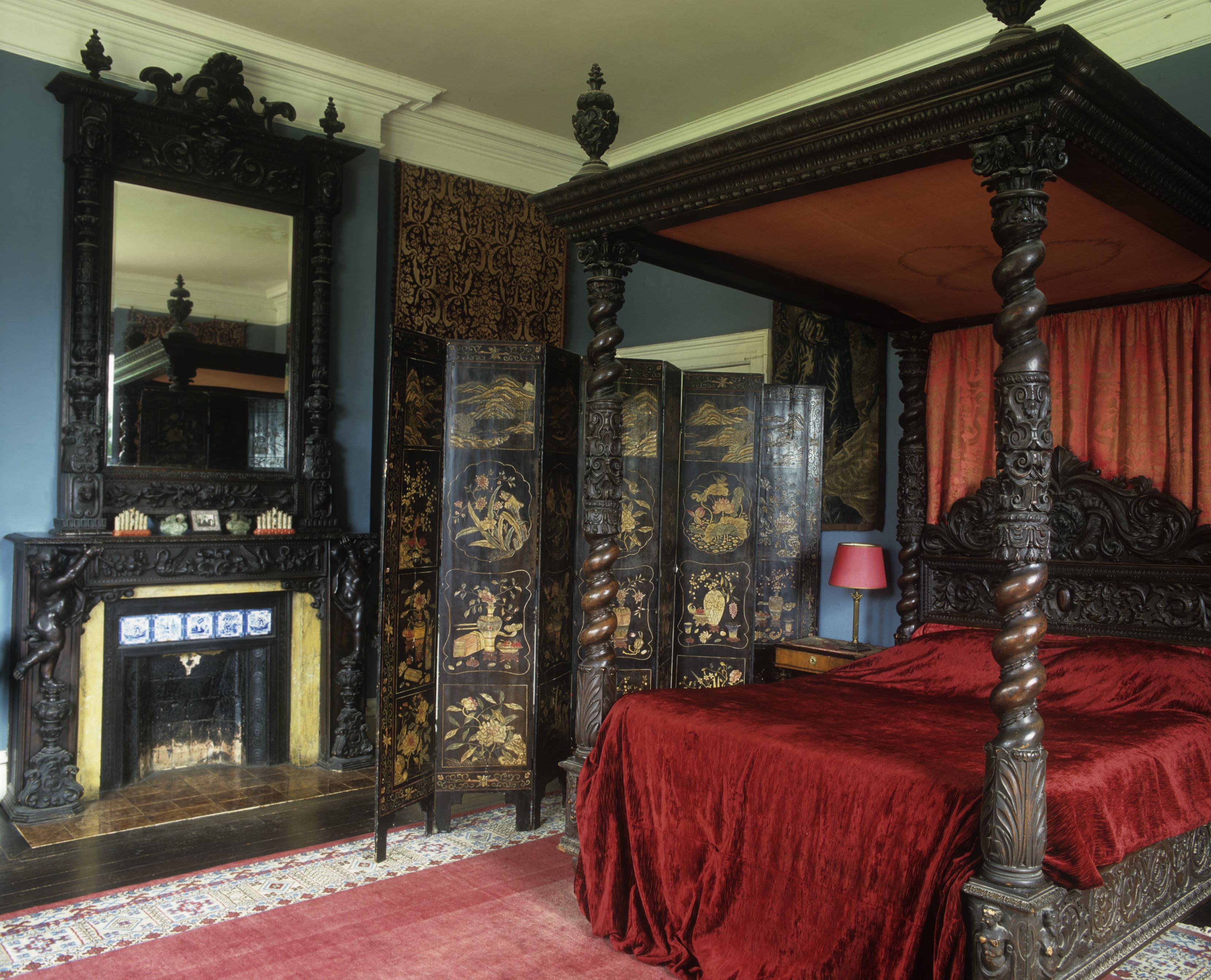 A classic 19th century Italianate bedroom in an Irish country house, proving that sometimes more is more
A classic 19th century Italianate bedroom in an Irish country house, proving that sometimes more is moreThe Red Bedroom at Castle Leslie was feature in Country Life back in 1999, having been furnished over one hundred years earlier. It remains much the same today.
By Alexandra Fraser
-
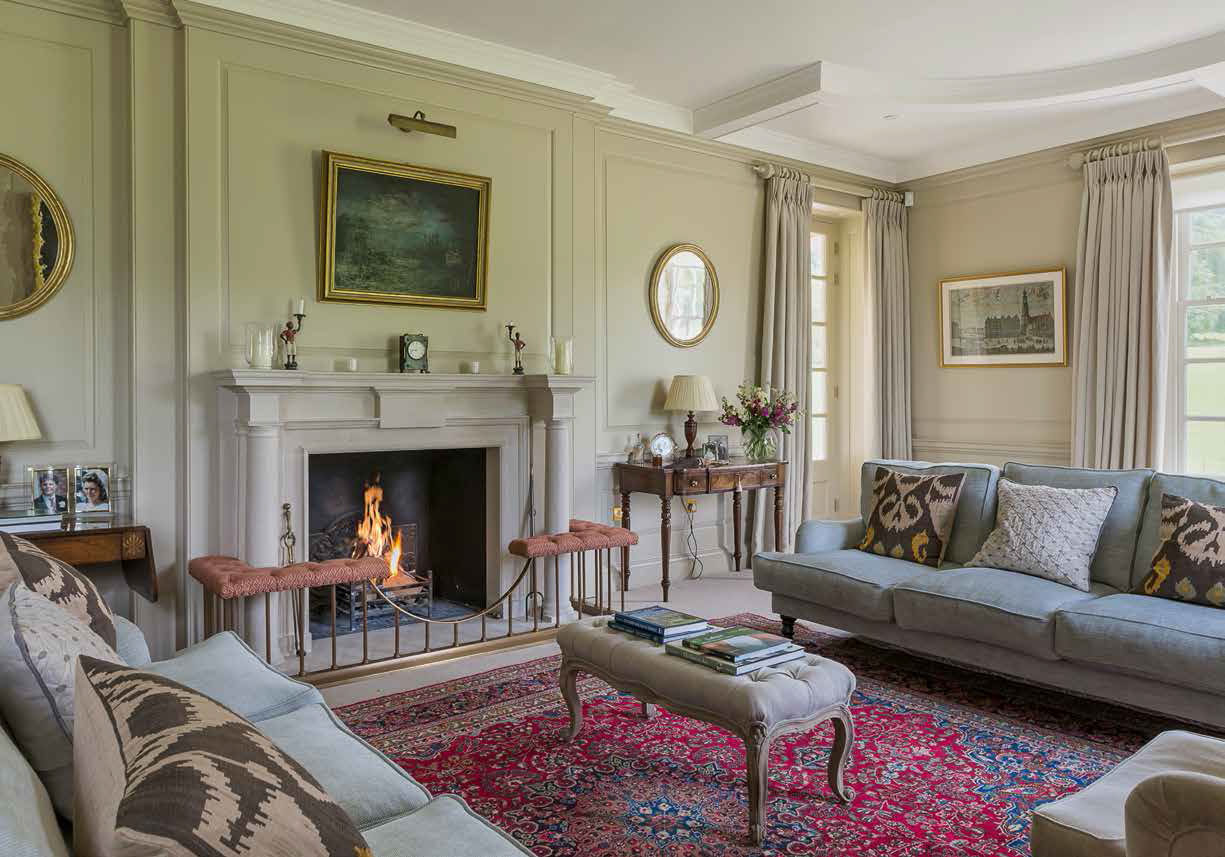 A drawing room and kitchen-family room which show just what is possible when you blend old and new
A drawing room and kitchen-family room which show just what is possible when you blend old and newThe living and dining spaces of Chitcombe House in Dorset offer all manner of lessons in making a modern family home that's sympathetic to the great architectural traditions.
By Toby Keel
-
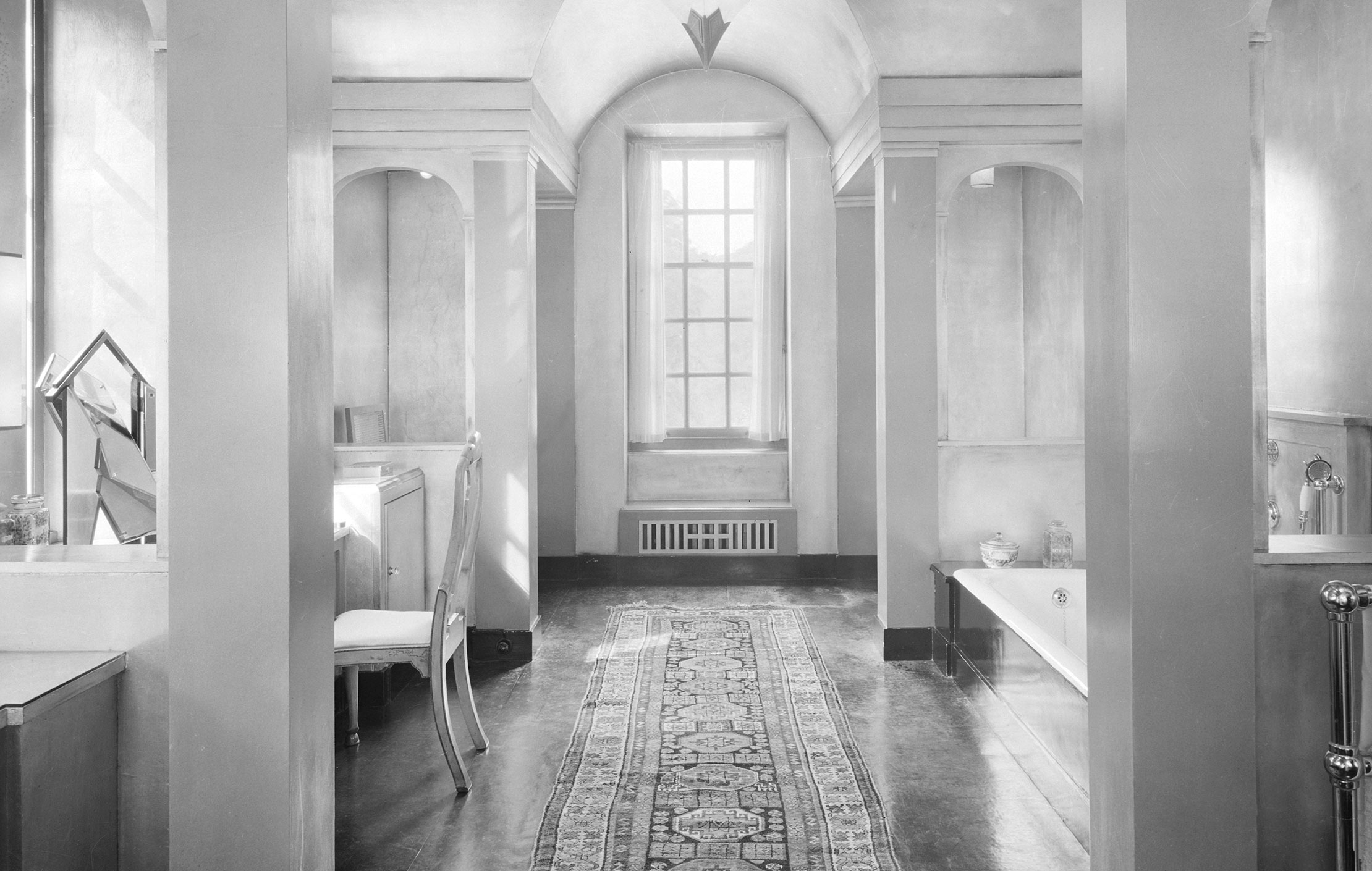 A classic 1930s bathroom with exotic charm and an unexpected touch of bling
A classic 1930s bathroom with exotic charm and an unexpected touch of blingThe bathroom at Upton House in Warwickshire was featured in Country Life back in 1936.
By Toby Keel
